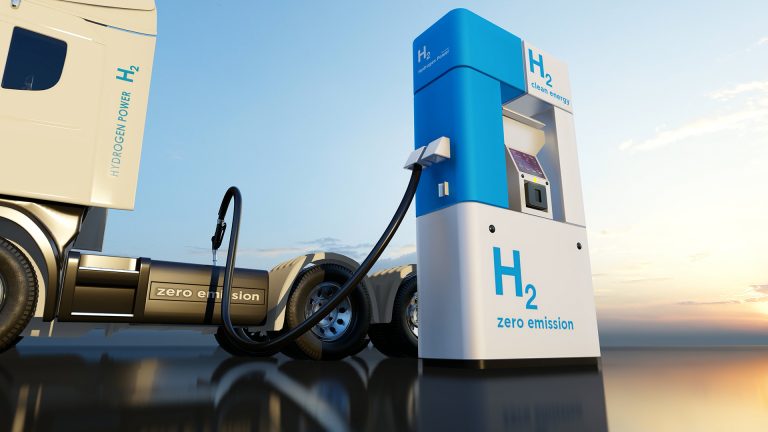Hydrogen is a clean-burning fuel, and when combined with oxygen in a fuel cell — like a battery — it produces heat and electricity with water vapor as its only byproduct. But extracting hydrogen and isolating it so that it can be used in this way isn’t as simple.
Today, most hydrogen is generated by heating coal and natural gas with steam, which produces a good amount of carbon dioxide and nullifies hydrogen’s positive impact. So two scientists from Stanford thought it would be a good idea to look at how we can make hydrogen production greener. The answer they came up with was seawater.
There is a lot of science that goes into it, but the best way to explain it is seawater doesn’t have as much stuff in it as desalinated water. By using seawater — which is incredibly abundant — scientists have helped create a new filtering system that can still produce hydrogen while saving money and cutting down on carbon emissions.
The current U.S. demand for hydrogen fuel is 10 million metric tons per year. By the year 2050, that number is expected to grow to between 20 million and 40 million metric tons annually.
Jaramillo said the science behind their new filtering system is sound, but it’s Washington they worry about due to current spending practices that don’t advocate for the use of hydrogen as much as other fuels.
Tags: Energy, Hydrogen, Seawater, Stanford



Recent Posts
Hong Kong Launches Incentive Scheme to Promote Green Maritime Fuel Bunkering
MSC Hosts Sustainability Experience in Antwerp for Global Supply Chain Leaders
Kinetics and Mitsui O.S.K. Lines Sign MOU to Develop World’s First Integrated Floating Data Center Platform
Port Newark installs EV truck chargers at PANYNJ facility
Singapore’s first fully electric tug launched, paving the way for zero-emission coastal logistics ecosystem
Blue Marlin Becomes First Inland Cargo Vessel with Solar-Assisted Propulsion
ABB and Royal Caribbean Partner on 15-Year Deal to Drive Vessel Efficiency and Decarbonization
IET Establishes Centres of Excellence for Green Hydrogen and Electric Vehicle Research